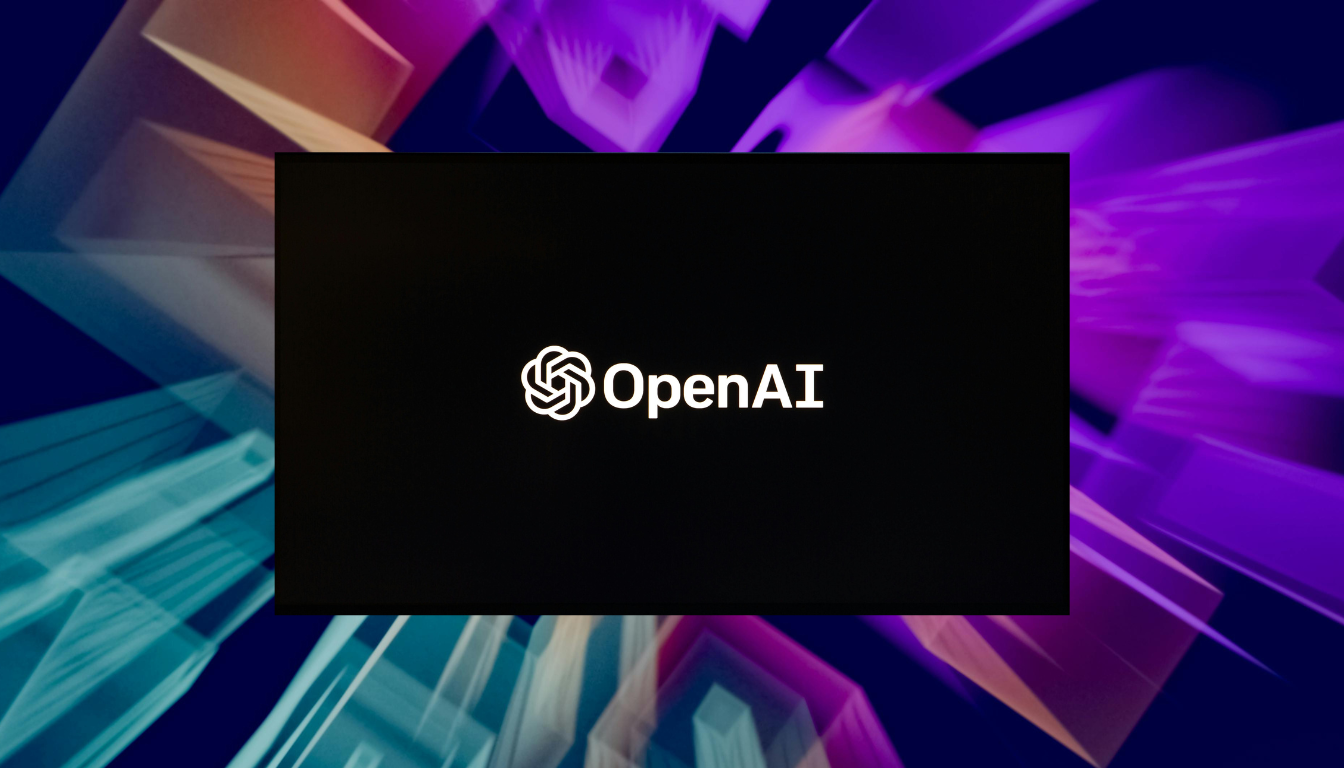Are you affraid of AI? Maybe you should be. Artificial intelligence is one of the most transformative technologies of our time. It powers everything from voice assistants and recommendation systems to medical diagnostics and autonomous vehicles. While AI offers significant benefits, it also comes with substantial risks. These challenges are not just technical but also ethical, social, and economic, making it essential to address them thoughtfully and proactively.
Understanding the risks of AI is crucial for ensuring its responsible development and use. Below, we explore some of the most pressing risks associated with artificial intelligence and what they mean for individuals, organizations, and society as a whole.
1. Bias and Discrimination
AI systems learn from data, and if that data contains biases, the AI will replicate and even amplify them. This is a significant risk, particularly in applications like hiring, lending, and law enforcement. For example, a recruitment AI trained on biased historical data might favor candidates from certain demographics while unfairly rejecting others. Similarly, facial recognition systems have been shown to perform poorly on certain racial groups, leading to potential misuse or discrimination.
Addressing bias in AI requires careful selection and preprocessing of training data, as well as rigorous testing to identify and mitigate discriminatory outcomes. However, completely eliminating bias is a complex challenge, given that societal biases often permeate the data AI relies on.
2. Lack of Transparency and Explainability
Many AI systems, particularly deep learning models, operate as “black boxes.” Their decision-making processes are so complex that even their creators struggle to understand how they reach conclusions. This lack of transparency can be problematic in high-stakes applications, such as healthcare, criminal justice, and finance.
For instance, if an AI system denies a loan or makes a medical recommendation, individuals affected by these decisions deserve to know the reasoning behind them. Without explainability, it becomes difficult to build trust, identify errors, or hold systems accountable for mistakes.
Improving AI transparency and explainability is a critical area of research. Techniques like interpretable models, feature importance analysis, and visualization tools can help make AI systems more understandable to both developers and users.
3. Job Displacement and Economic Inequality
AI and automation have the potential to disrupt labor markets, replacing human workers in various industries. Jobs involving routine or repetitive tasks, such as manufacturing, transportation, and data entry, are particularly vulnerable to automation. This displacement can lead to widespread unemployment and exacerbate economic inequality.
While AI also creates new opportunities and industries, the transition can be challenging for affected workers. Reskilling programs, education initiatives, and policies that promote inclusive growth will be essential for mitigating the economic risks associated with AI.
4. Security Vulnerabilities
AI systems can introduce new security risks. Adversarial attacks, for example, manipulate AI models by introducing subtle changes to input data that cause the system to make incorrect decisions. This is particularly concerning in critical applications like autonomous vehicles, where an adversarial attack could trick a car into misinterpreting a stop sign.
Additionally, AI-powered tools can be exploited by cybercriminals for activities like phishing, deepfake creation, or automating large-scale cyberattacks. Ensuring the security and robustness of AI systems is a top priority for developers and organizations.
5. Privacy Concerns
AI relies on vast amounts of data to function effectively, much of which comes from individuals. This raises significant privacy concerns, especially when sensitive data like medical records, financial information, or personal communications is involved.
For example, AI-powered surveillance systems can track and monitor individuals, raising questions about consent and misuse. Similarly, targeted advertising driven by AI algorithms often involves the collection and analysis of personal data without users fully understanding how their information is being used.
Privacy regulations, such as the General Data Protection Regulation (GDPR), aim to address these concerns by enforcing stricter rules around data collection and usage. However, maintaining privacy in an AI-driven world requires continuous vigilance and innovation in data protection technologies.
6. Ethical Dilemmas in Autonomous Systems
As AI systems gain autonomy, they increasingly face ethical dilemmas. Autonomous vehicles, for example, may encounter situations where they must decide between two undesirable outcomes, such as harming pedestrians or passengers in an unavoidable accident. These “trolley problem” scenarios highlight the challenges of encoding moral decision-making into machines.
Beyond individual cases, there are broader ethical questions about delegating decision-making to machines. Should AI systems have the authority to decide who qualifies for a loan, who gets hired, or even who receives life-saving treatment? Balancing autonomy with human oversight is a critical challenge in ethical AI development.
7. Misinformation and Manipulation
AI tools capable of generating realistic text, images, and videos have raised concerns about misinformation and manipulation. Deepfakes, for instance, can create convincing fake videos of public figures, which can be used to spread false information, damage reputations, or influence political outcomes.
Similarly, AI-driven content generation can be exploited to produce fake news articles or amplify divisive narratives on social media. These capabilities have the potential to undermine trust in information and erode democratic processes.
Addressing this risk requires a combination of technical solutions, such as AI detection tools, and societal measures, including media literacy programs and stricter regulations on misinformation.
8. Concentration of Power
The development and deployment of AI are often controlled by a small number of tech giants and governments with the resources to invest in large-scale AI systems. This concentration of power raises concerns about monopolies, surveillance, and unequal access to AI’s benefits.
If a handful of entities dominate AI innovation, they could shape the technology’s development and use in ways that prioritize their interests over the public good. This could lead to a world where AI exacerbates existing inequalities rather than addressing them.
Promoting open AI development, fostering competition, and ensuring that AI benefits are distributed equitably are essential steps to counter this risk.
9. Unintended Consequences
AI systems, no matter how advanced, are not perfect. They often operate in complex environments where unforeseen interactions or behaviors can lead to unintended consequences. For example, an AI system optimizing for one metric—like maximizing engagement on a social media platform—might inadvertently promote harmful content because it generates more clicks.
These unintended consequences can be difficult to predict and mitigate, especially as AI systems become more autonomous and interconnected. Responsible AI development requires thorough testing, monitoring, and a willingness to adapt systems as issues arise.
Addressing AI Risks
The risks of AI are significant, but they are not insurmountable. Addressing them requires a multi-faceted approach that combines technical innovation, ethical considerations, and regulatory oversight.
Developers must prioritize transparency, fairness, and security in AI design. Organizations must commit to responsible AI use and invest in training their teams to understand the technology’s implications. Governments and international bodies must establish clear frameworks to guide AI development, ensuring that its benefits are shared widely and its risks are minimized.
Conclusion
Artificial intelligence holds immense potential to improve lives and drive progress, but it also comes with serious risks. Bias, transparency issues, job displacement, privacy concerns, and ethical dilemmas are just a few of the challenges that must be addressed to ensure AI’s responsible development.
By acknowledging and addressing these risks, society can harness the power of AI while minimizing its downsides. The goal is not just to develop intelligent systems but to create systems that are fair, accountable, and aligned with human values. This balance is essential for building a future where AI benefits everyone.


